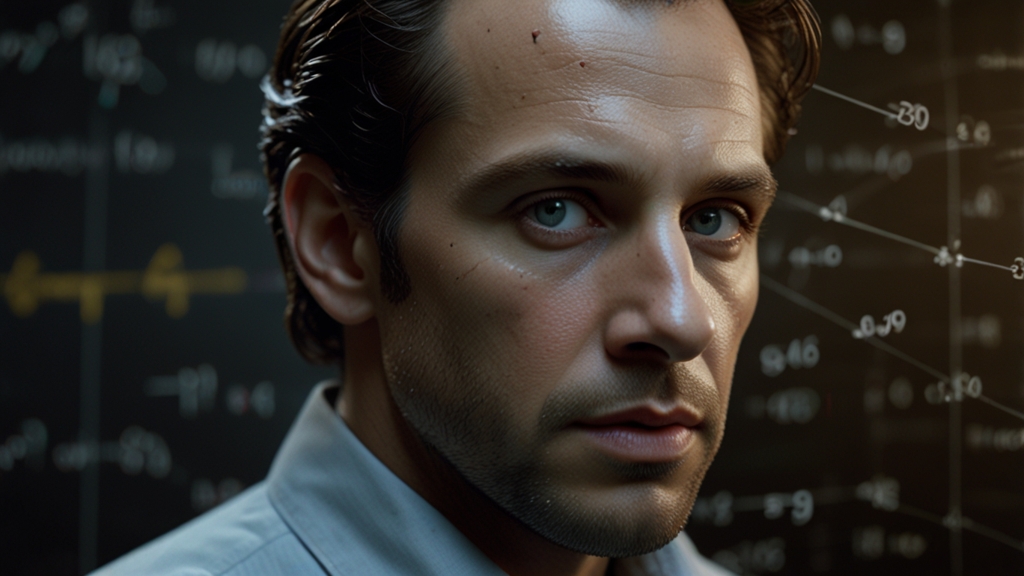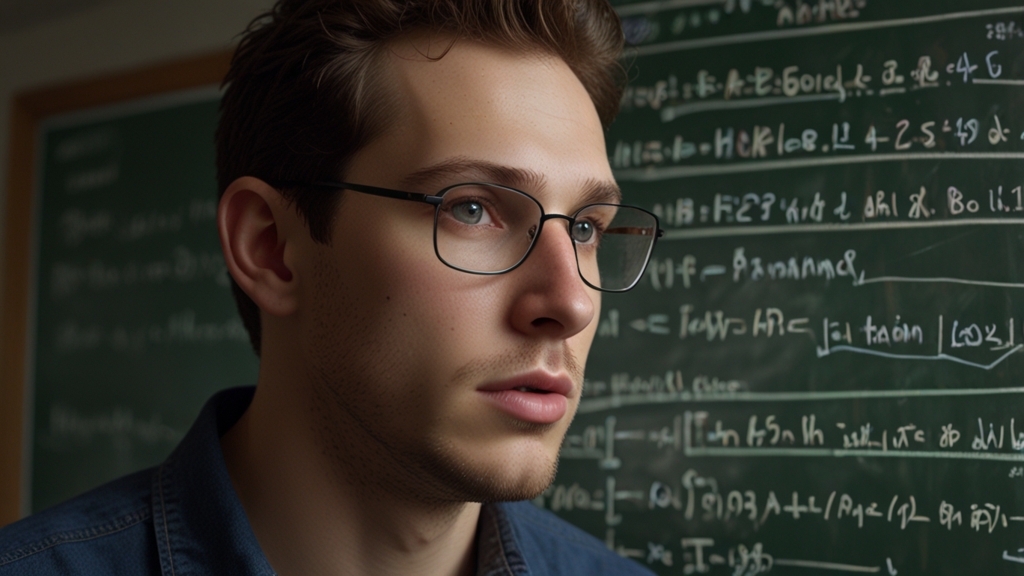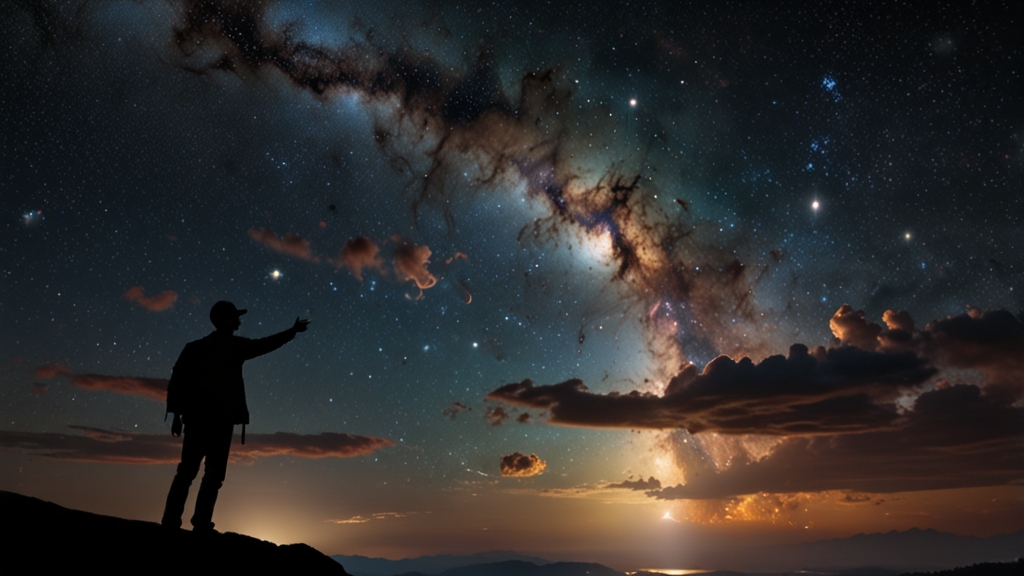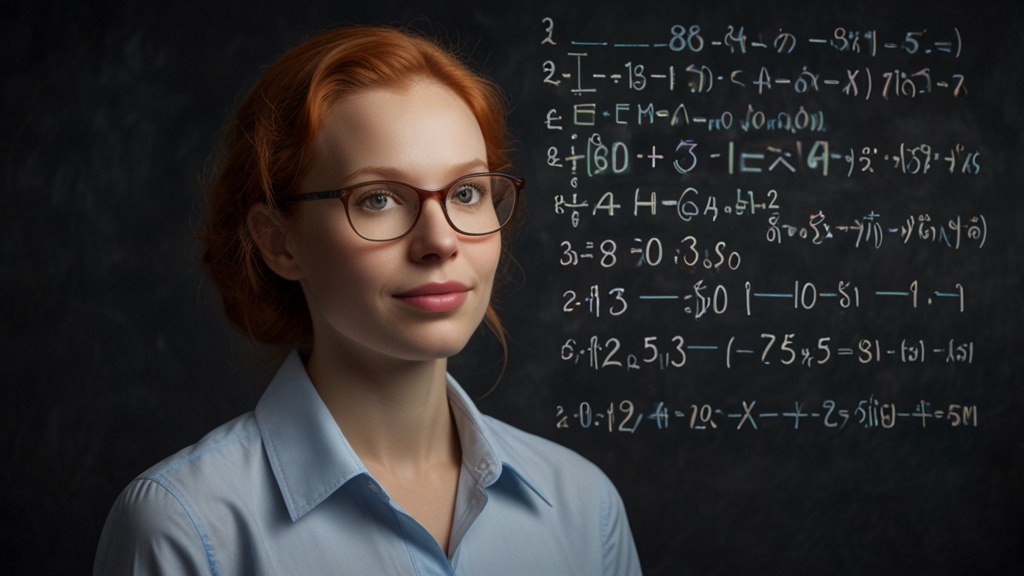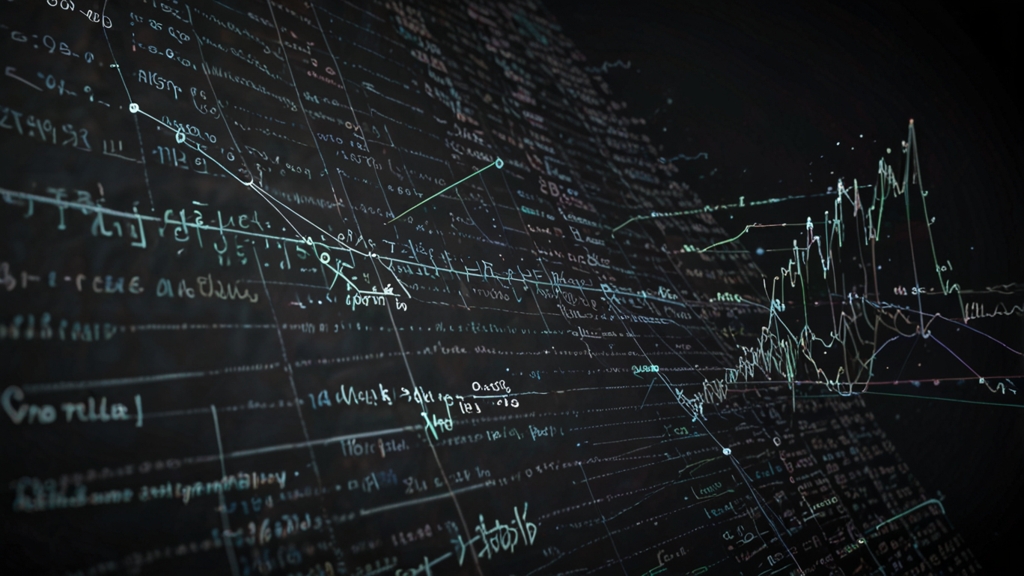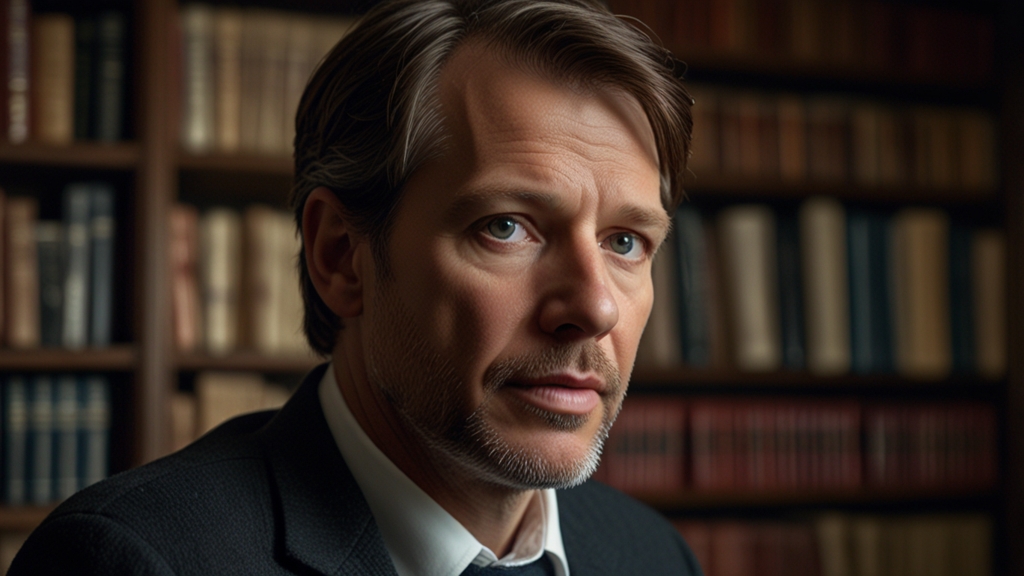The Math Behind Your Favorite Movies: A Hidden Science
When we sit down with a bowl of popcorn to enjoy the latest blockbuster, the last thing on our minds is mathematics. Yet, behind every stunning visual effect, nail-biting action scene, and meticulously crafted storyline, there is a hidden science at work. Mathematics plays a crucial role in filmmaking, from the algorithms that create lifelike animations to the statistical models that predict box office success.
The Geometry of Visual Effects
One of the most apparent uses of mathematics in movies is in the creation of visual effects. Modern films often rely on Computer-Generated Imagery (CGI) to bring imaginative worlds and fantastical creatures to life. At the heart of CGI is geometry, the branch of mathematics concerned with the properties and relations of points, lines, surfaces, and solids.
For instance, consider the hyper-realistic dinosaurs in Jurassic Park or the detailed alien landscapes in Avatar. These visual marvels were made possible through mathematical concepts such as fractals, spline curves, and NURBS (Non-Uniform Rational B-Splines). These mathematical techniques enable animators to create smooth, complex shapes that can be manipulated easily to achieve the desired visual effect.
Simulating Natural Phenomena
Creating lifelike simulations of natural phenomena such as fire, water, and smoke also relies heavily on mathematics. Fluid dynamics is the study of the movement of liquids and gases, and it involves solving complex differential equations. Advanced algorithms based on these equations can simulate the behavior of water flowing in a river or the dispersion of smoke from an explosion.
"The realistic portrayal of natural elements in films like Finding Nemo and Moana adds an authentic touch that captivates audiences, all made possible by the rigorous application of mathematical models," says Joe Letteri, a senior visual effects supervisor.
Animation and Motion Capture
In the realm of animation, mathematical principles are employed to ensure characters move in a realistic and engaging manner. This often involves the use of motion capture technology, where the movements of real actors are recorded and then mapped onto digital characters. Algorithms process the data and handle the complex task of translating 3D movements onto a 2D screen, ensuring the characters' actions are fluid and believable.
Beyond motion capture, physics engines integrate with animation software to provide accurate representations of forces, making sure that when characters jump, fall, or interact with their environment, their movements obey the laws of physics.
Storytelling and Statistical Analysis
While the visual aspects of filmmaking often receive the spotlight, mathematics also influences the narratives and commercial success of movies. Predictive analytics is used by studios to forecast box office revenues and optimize marketing strategies. By analyzing historical data and employing statistical models, studios can make informed decisions about which projects to greenlight and how best to allocate their budgets.
"In the film industry, data is the new currency. Harnessing the power of predictive analytics helps us not only to understand our audience better but also to create content that resonates with them," notes Amy Powell, a prominent film producer.
Algorithmic Editing and Sound Design
Editing is another crucial area where mathematics holds sway. Non-linear editing systems use algorithms to sort and splice film footage efficiently, streamlining the editing process. These systems help editors to quickly identify the best takes, synchronize audio, and apply visual effects, all while maintaining a coherent narrative flow.
Sound design, often an underappreciated aspect of filmmaking, also relies on mathematical principles. Psychoacoustic models help sound engineers to create audio experiences that are both pleasing and immersive. These models take into account how humans perceive sound, enabling engineers to manipulate audio waves in ways that enhance the emotional impact of a scene.
Conclusion
From the initial stages of pre-production to the final edits, mathematics is an integral, albeit often invisible, part of the filmmaking process. The next time you find yourself captivated by a movie's stunning visuals or gripping storyline, remember that a hidden world of mathematical science is at work, shaping the magic you see on screen.
